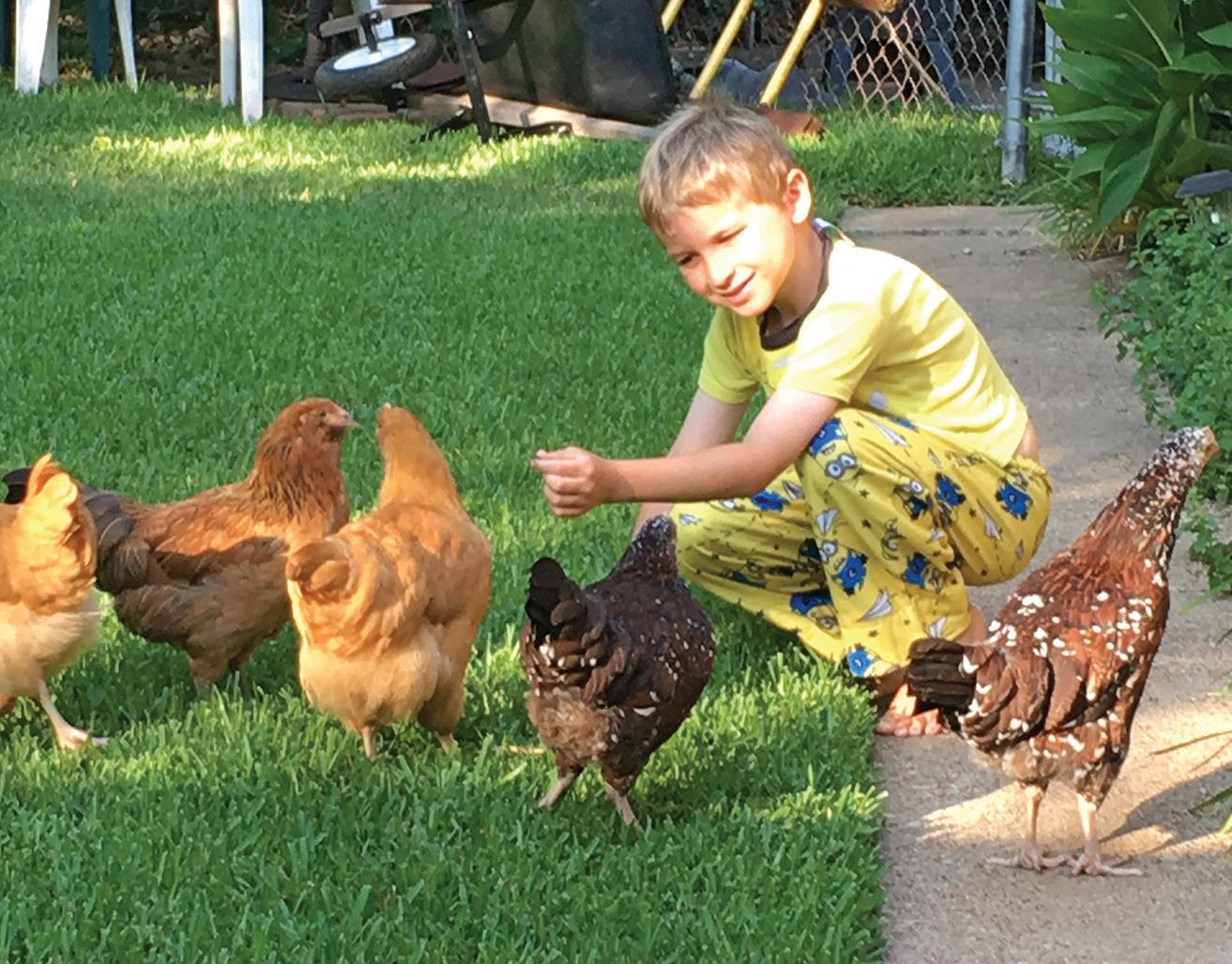
4 minute read
Is Your Home Ready for the
Is Your Home Ready for the Fall/Winter Season? 7 Essential Maintenance Tips to Get Ready by Lisa Parelli
The sun may be shining, the pool may be calling and you may still be wearing shorts and sandals. Getting your home ready for the fall/winter season ahead may be the last thing on your mind, but now is actually the perfect time to attend to these chores that will keep your home safe, warm and dry once the cold autumn rains and winter cold start heading your way.
1. Clean Out the Gutters
In all but the driest U.S. climates, the typical home’s gutter system prevents thousands of gallons of water from cascading down exterior walls, damaging the foundation and seeping into the basement. One of the best things you can do for your home is to have your gutters cleaned annually. Consider the small added expense of having them covered with mesh to prevent debris from settling and obstructing the downspouts, especially if you have them cleaned before the last of the leaves have fallen from the trees. If you have a high-quality ladder and aren’t afraid of heights, cleaning your gutters is a pretty straightforward DIY project.
2. Inspect Your Roof
Discovering problems with your roof is bad enough in warm weather, but once it’s covered in ice/snow or subject to constant moisture during the rainy season, fi nding and fi xing problems can be a nightmare. You can schedule a roof inspection with a reputable roofi ng company, but if you’re so inclined, get a pair of binoculars and hop on a ladder. Look for loose and missing shingles, and inspect the ridge shingles for cracks and other damage. Check the metal fl ashing around vents and chimneys for curling and loose joints. Inspect the debris in your gutters—if you see a lot of granules, your roof may be losing its protective coating, which means you can expect problems sooner rather than later.
3. Shore Up Your Driveway, Sidewalks and Entry
Damaged concrete is particularly dangerous when conditions are icy. If your concrete driveway, walkway or steps are uneven or have cracks wider than 1/8-inch, it’s time to have them repaired before they get worse—and they will get worse. Tighten outdoor stair and porch railings to ensure safety when navigating icy steps. Make sure your outdoor lights are working properly, since winter means less daylight and more coming home from work in the dark.
4. Schedule Chimney Service
Even if you light just one fi re a year, it’s a good idea to have your chimney inspected and cleaned by a professional. Over time, creosote builds up in your chimney and is a major cause of winter house fi res. A qualifi ed chimney sweep will remove the creosote, as well as check for blockages in the fl ue, ensure the damper is working properly and inspect the interior of your chimney for loose bricks and broken joints.
5. Arrange a Furnace Tune-up
Annual preventive maintenance on your heating system will not only lower your utility bills and increase your system’s effi ciency, but will also help prevent dangerous carbon monoxide leaks. A qualifi ed HVAC technician will perform a multi-point tune-up on your system, including tightening gas and electrical connections, sealing damaged ducts, testing the accuracy of the thermostat and lubricating the motor. This is also the ideal time to stock up on air fi lters. Clean fi lters ensure proper airfl ow, remove particles such as bacteria and viruses from your air and prevent damaging dust buildup inside your system. Check your fi lter every month and replace it when you can no longer see through it.
6. Seal Air Leaks
Air leaks in your home allow warm air to escape and cold air to enter. They lower your comfort level and make your furnace work harder to compensate, resulting in higher energy bills and a shorter life expectancy for your system. Use caulk to seal around doors and windows where they meet the wall, install weather stripping between movable parts of doors and windows, and use expandable caulk to seal gaps around vents and pipes that poke through exterior walls. Install precut foam gaskets behind outlets and switch plates on exterior walls.
7. Change Your Batteries
One of the most important winterizing tasks is to change the batteries in your smoke and carbon monoxide detectors. Use fresh, new batteries and push the test button after you install them to ensure each detector is working properly. If you don’t have smoke or carbon monoxide detectors, you should install them before you begin operating your furnace for the season. Place one on each fl oor, as close to the ceiling as possible. Make sure one of each type of detector is installed near the main sleeping area in your home. A good rule of thumb is to always check smoke and carbon monoxide detectors whenever the time changes in the Spring and Fall.










